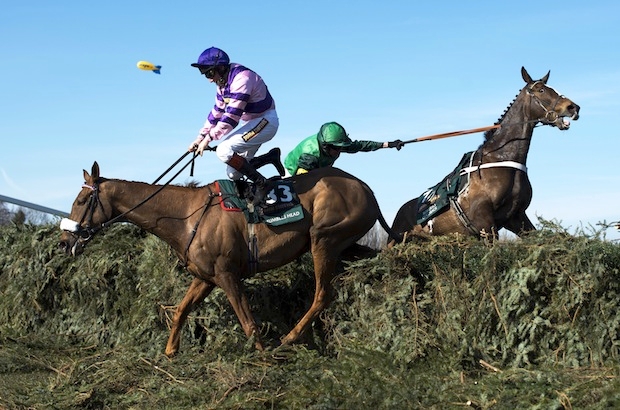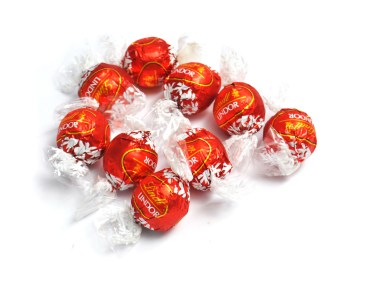This year you don’t want to be a jockey’s valet. Never have their washing machines spun so vigorously. From every sortie, riders return as mud-spattered as if they had been trampled by a dozen rugby scrums, and so many of us gathered at the Abbey Road Studios to hear the weights to be carried in this year’s Grand National were praying that the elements will have relented well before the 5 April contest.
The National is both jump racing’s biggest advertisement and its greatest potential disaster. In 1998, when the four-mile marathon was run in atrocious conditions, three horses died and only six of the 37 runners finished the course. In 2001, it was again a mudlarks’ benefit: only seven entrants survived the first circuit and only two completed without a fall. Over recent years the contest has been targeted by animal-rights campaigners and dogged by misfortune. When horses died both in 2011 and 2012, the ‘close it down’ brigade achieved resonance among a wider public. With the BBC, always hypersensitive to political correctness, having chickened out of racing coverage and amid fears of a smaller audience with Channel 4, the long-time sponsors announced their departure. Last year’s race became a key test. But after some sensible changes — softer plastic cores for the fences, a start further away from the noisy stands, a shorter run to the first fence — the race saw only two actual fallers (plus a few unseated riders) as Aurora’s Encore came home the 66–1 winner. Now to continue its climb back to being the pinnacle of Britain’s sporting spectacles the National crucially needs kinder weather than we have endured this winter.
Certainly there is much else going for what promises to be one of the most thrilling contests in years.








Comments
Join the debate for just £1 a month
Be part of the conversation with other Spectator readers by getting your first three months for £3.
UNLOCK ACCESS Just £1 a monthAlready a subscriber? Log in